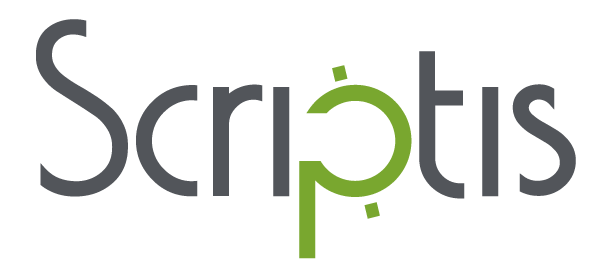Translation for informed consent forms (ICFs)
Translation for informed consent forms (ICFs)
Translation for informed consent forms (ICFs) requires subject matter expertise, cultural know-how, and carefully documented quality assurance.
Why translate Informed Consent Forms?
Before taking part in a medical research study, a participant needs to understand the risks involved. Informed consent forms (ICFs) explain, in plain language, what he or she can expect. ICFs protect the patient by providing all the information needed to make a voluntary, informed decision. They also limit the liability of the sponsors of the research by confirming that the participant understood the risks and benefits before agreeing to join the study.
Global or multilingual studies must provide this information to every participant in a language they understand. ICFs used in global clinical trials require translation. In addition, Institutional Review Boards (IRBs) specify that the materials be translated by professional translators, with documentation of quality assurance, including linguistic validation. The IRB may require that an ISO 17100-certified partner perform this work.
Naturally, the level of documentation required by the IRB will depend in part on the riskiness of the intervention. For trials that pose very little risk, the IRB may simply require an affidavit of accuracy. This is a signed and notarized statement provided by the language partner. This document affirms that professional translators translated the ICF. However, if a trial entails a moderate to high level of risk, the IRB may require documentation of additional steps for quality assurance and linguistic validation.
Translation for ICFs: Challenges
A review published by the National Institute of Health describes three common errors typical of translated ICFs. These are 1) errors of omission, 2) changes to the substantive meaning of the information, and 3) the use of non-equivalent (more complicated) language. Oftentimes the first two errors occur because of attempts to avoid the third. Plain language may not always feel sufficient to describe complex medical concepts. However, plain language is absolutely necessary to ensure that the participant understands the risks.
Translators of ICFs require both specialized medical knowledge and an intimate appreciation of the target culture. They must understand how subjects conceive of medical concepts and they should be able to write using accurate medical terms. In this way, ICFs require double translation: from source language to target language, and from specialized medical concepts to everyday vernacular.
Quality assurance: Back translation
Many industries employ back translation for quality assurance. For low- or moderate-risk studies, an IRB might require back translation to confirm the translation accuracy and equivalence. In the first step of the back translation process, an independent translator translates the target (translated) document back into the source language. This translator has no advance knowledge of the original source document. In the second step, careful comparison of the two documents – the original source and the back translation – will reveal any substantive differences. In the third step, the original translator reconciles the differences to the satisfaction of all parties. After a final round of proofreading, the documentation of the back translation process can be filed with the IRB. Read more about back translation here.
Quality assurance: full linguistic validation
For medical device and pharmaceutical trials entailing higher risks to participants, IRBs may require additional steps for translation quality assurance. These steps may be required for a number of clinical research instruments in addition to ICFs, including Clinical Outcome Assessments (COAs). The process might require documentation of some or all of the following:
- Define the concepts. Each item is discussed and clarified to ensure the translation team receives a full explanation of its meaning and purpose.
- Two translators independently complete two separate forward translations.
- A reviewer compares the two target documents and reconciles differences to create a consensus version.
- The consensus document is subject to back translation and reconciliation as described above. Note that some IRBs may require a single forward translation followed by two back translations. For some projects, reconciliation at this stage may serve as the final quality assurance step.
- Field testing and cognitive debriefing with people who are representative of the population. Simply put, researchers ask people what they think each question is asking and suggest modifications when necessary.
- Clinician review. Medical experts who are native speakers of the target language might also weigh in on the accuracy of the instrument.
- Harmonization of all findings to create a third version.
- Proofreading of this final version
- Delivery with documentation.
Conclusion
Full linguistic validation is a complex process with many moving parts. Indeed, each stage of review carries risks of delays should the reviewers get bogged down in disagreements. Two core elements of the project will mitigate this risk.
Use professionals. The first ingredient for a well-translated ICF is a professional translation team. Choose an experienced language partner whose translators combine subject matter expertise with cultural acumen. Experience translating user- or patient-centered material is essential. In addition, ensure your partner employs expert project managers to coordinate the many steps of linguistic validation.
Start with a carefully prepared source document. If the source document is vague, the entire process will break down at step 3. We have seen instances where reconciliation of back translations reveals errors or ambiguities in the source document itself. Indeed, creators of the source instrument should already have performed steps 1, 5, and 6 – definition of concepts, field testing, and clinical review – when creating and finalizing the source.
Finally, if a study involves multiple languages, additional steps to ensure equivalence across languages may be necessary.
